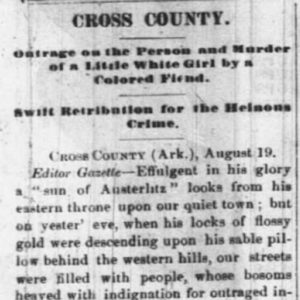 Frank Harris Lynching Article
Frank Harris Lynching Article
Time Period: Civil War through Reconstruction (1861 - 1874)
 Frank Harris Lynching Article
Frank Harris Lynching Article
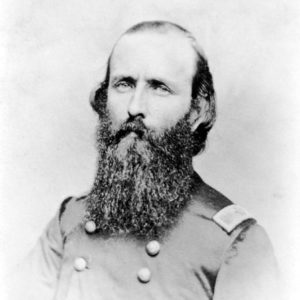 M. LaRue Harrison
M. LaRue Harrison
Harrison, Marcus LaRue
Harrison, William M.
Harrison’s Landing, Skirmish at
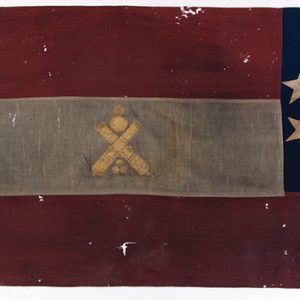 Hart's Battery Flag
Hart's Battery Flag
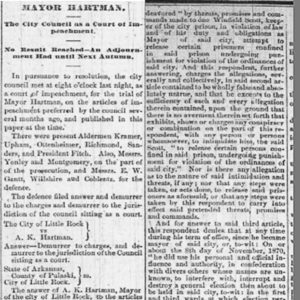 Hartman Impeachment Article
Hartman Impeachment Article
Hatch’s Ferry, Skirmish at
Hawthorn, Alexander Travis
aka: Alexander T. Hawthorne
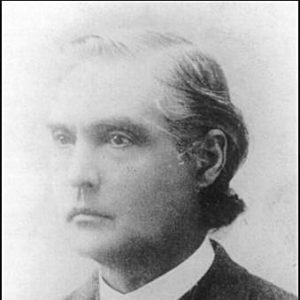 Alexander T. Hawthorn
Alexander T. Hawthorn
Hawthorne’s Arkansas Infantry (CS)
Hay Station No. 3, Skirmish at
aka: Skirmish at Brownsville (July 30, 1864)
 Hazard Hall
Hazard Hall
Headquarters House Museum
aka: Tebbetts House
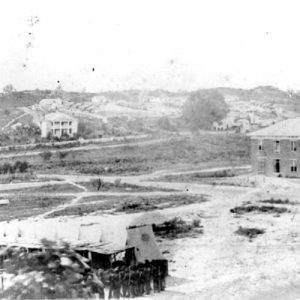 Helena Civil War Scene
Helena Civil War Scene
Helena Confederate Cemetery
Helena Expedition (March 5–12, 1863)
aka: St. Francis River Expedition
aka: Little River Expedition
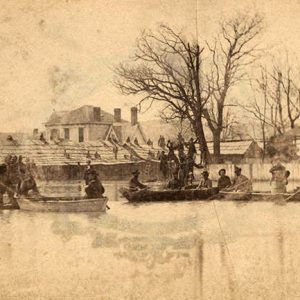 Helena Flood
Helena Flood
Helena to Alligator Bayou, Scouts from
Helena to Arkansas Post, Expedition from
Helena to Buck Island in the Mississippi, Expedition from
Helena to Clarke’s Store, Scout from
Helena to Coldwater, Mississippi, Expedition from
Helena to Friar’s Point, Mississippi, Expedition from
Helena to Grenada, Mississippi, Expedition from
Helena to Harbert’s Plantation, Expeditions from
Helena to Kent’s Landing, Expedition from
Helena to Mount Vernon, Scout from
Helena up the St. Francis River, Expedition from
Helena, Affairs at
Helena, Battle of
Helena, Expedition from (November 14–17, 1863)
Helena, Expeditions from (July 1862)
aka: Expedition from Helena to Marianna (July 24–26, 1862)
aka: Expedition from Helena to Old Town and Trenton (July 28–31, 1862)
Helena, Expeditions from (September 26, 1862)
aka: Expedition from Helena to Jeffersonville and Marianna
aka: Expedition from Helena to LaGrange
Helena, Skirmish at (September 19–20, 1862)
Helena, Skirmishes near (October 11, 1862)
aka: Battle of Jones's Lane
aka: Battle of Lick Creek
aka: Battle of Shell Creek
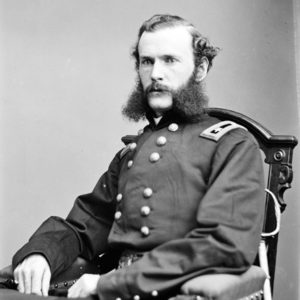 Francis Herron
Francis Herron
 Francis Herron
Francis Herron
Herron, Francis Jay
 William and Nancy Hester
William and Nancy Hester
Hickory Plains, Skirmish at
Hickory Station, Skirmish at
Hill’s Plantation, Action at
aka: Action at Cache River
aka: Action at Cotton Plant
aka: Action at Round Hill
 Thomas Hindman
Thomas Hindman
Hindman, Thomas Carmichael
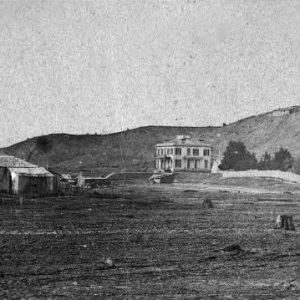 Thomas Hindman's Residence
Thomas Hindman's Residence
Hinds, James
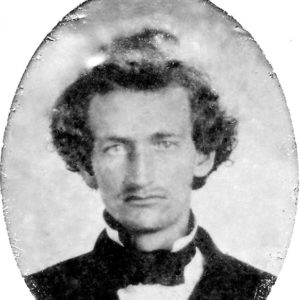 James Hinds
James Hinds
Hodges, Asa
 Asa Hodges
Asa Hodges




